

Human-caused disasters, also known as anthropogenic disasters, are incidents that result from human activity, often involving negligence, poor management, or outright malpractice. These disasters can have profound environmental, economic, and social impacts. They include a variety of events, such as oil spills, industrial accidents, chemical spills, deforestation, and nuclear accidents. These disasters are often preventable with proper regulations, oversight, and technological innovations, but when they occur, they highlight the need for better disaster management and preventive measures. In this article, we will explore some common human-caused disasters and their impacts.
Oil spills occur when petroleum or its by-products are accidentally released into the environment, typically in marine or freshwater ecosystems. These spills often happen during the extraction, transportation, or storage of oil and can cause significant harm to aquatic life, coastal ecosystems, and local economies. Oil spills are a major type of anthropogenic environmental disaster, with far-reaching consequences.
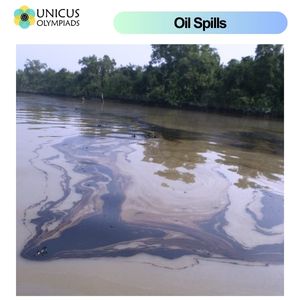
Industrial disasters occur when accidents happen in factories, refineries, or manufacturing plants, often due to unsafe practices, poor infrastructure, or lack of proper safety measures. These accidents can result in explosions, chemical spills, fires, and other hazardous events that pose risks to human health, the environment, and surrounding communities.
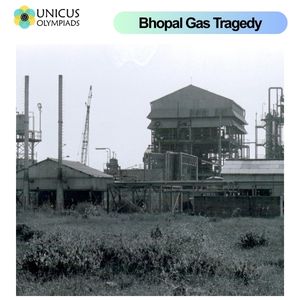
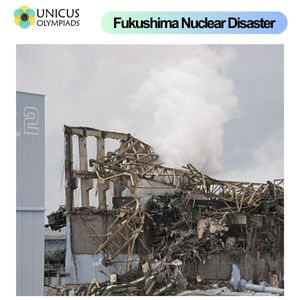
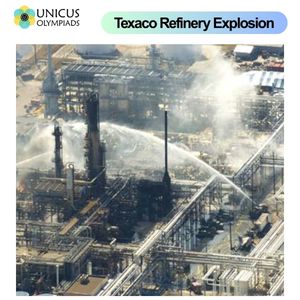
Chemical spills occur when toxic or hazardous chemicals are accidentally released into the environment, either during transportation, storage, or handling. These chemicals can cause immediate harm to human health, wildlife, and ecosystems. Chemical spills can occur in a variety of industries, including agriculture, manufacturing, and transportation.
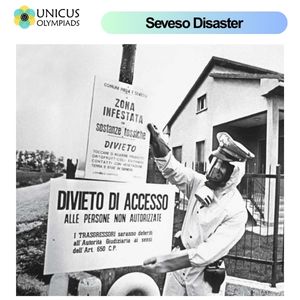
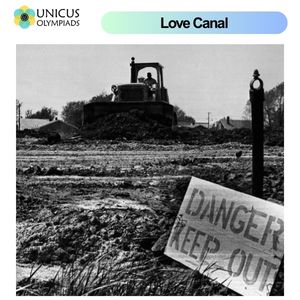
Deforestation is the large-scale clearing of forests for agricultural, industrial, or urban development. While deforestation can be a natural process, human activities such as logging, farming, and mining have led to accelerated rates of forest loss. This environmental disaster leads to loss of biodiversity, disruption of ecosystems, and contributes to climate change through the release of carbon dioxide stored in trees.